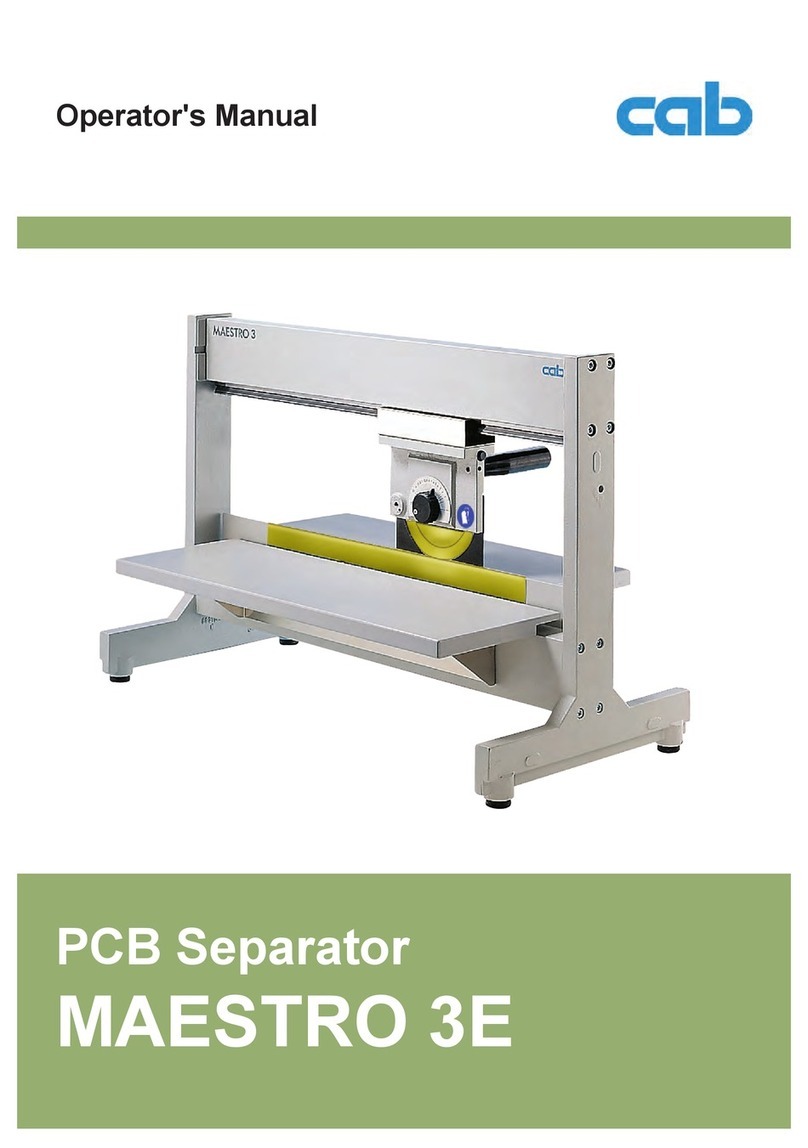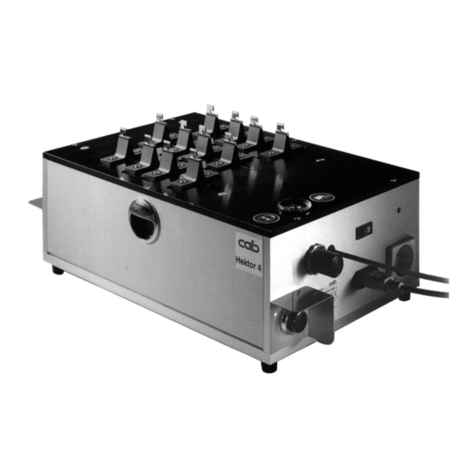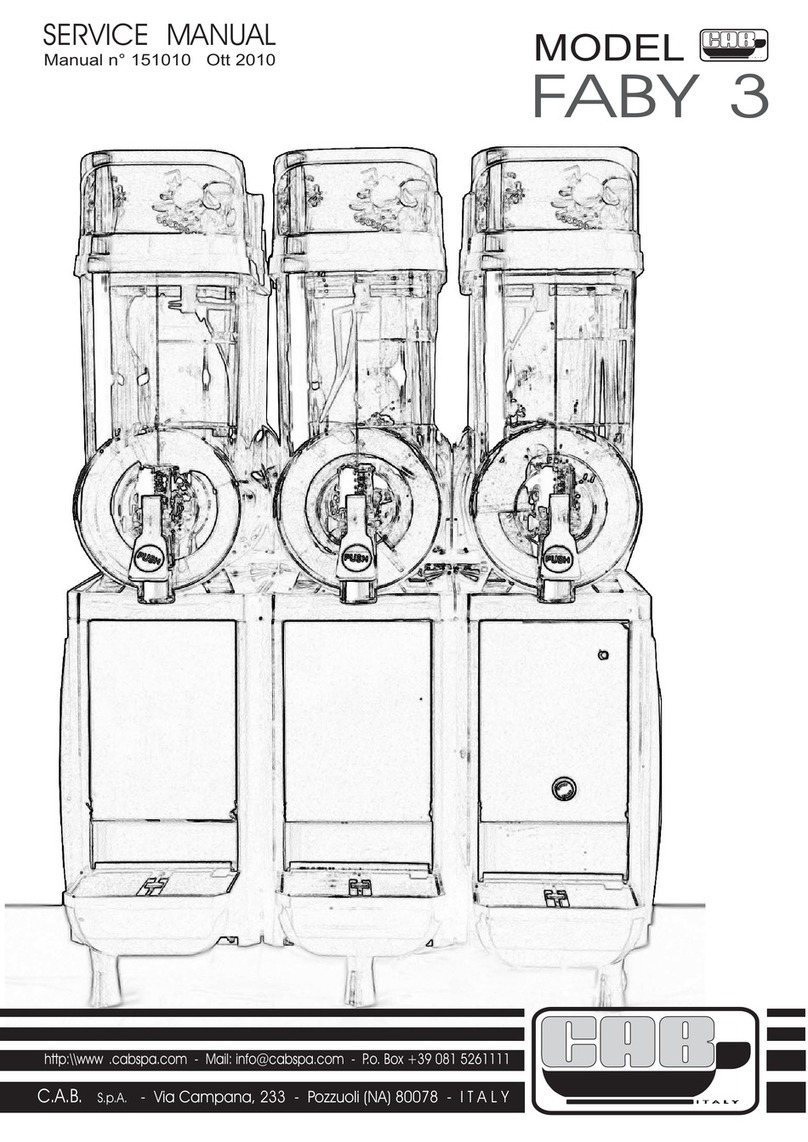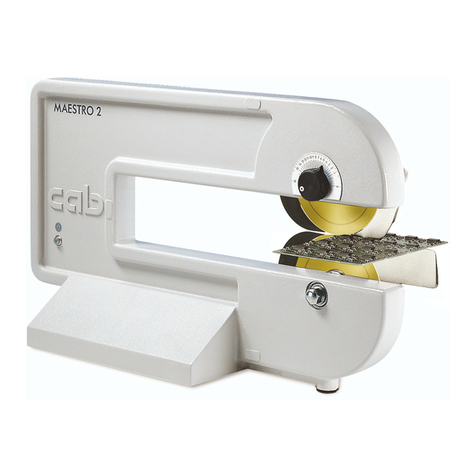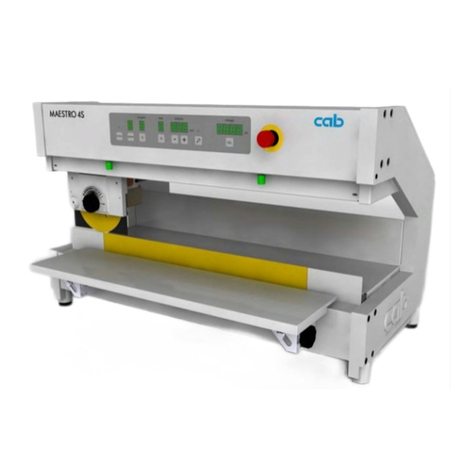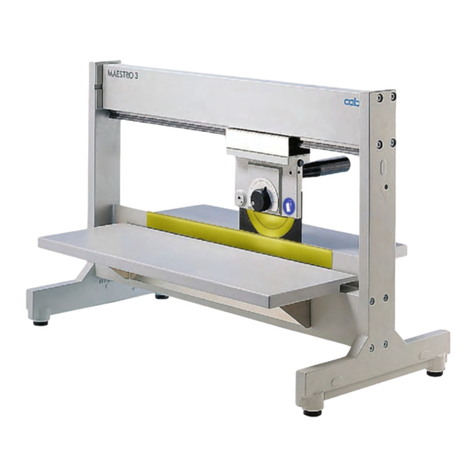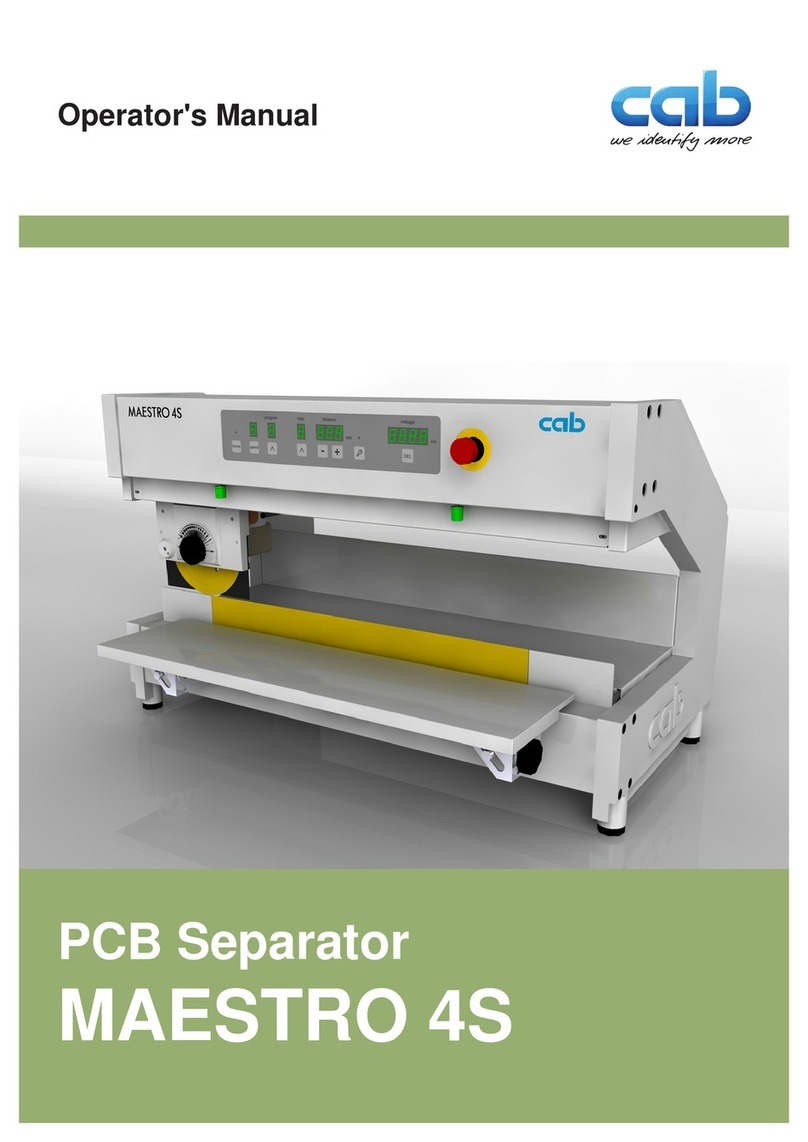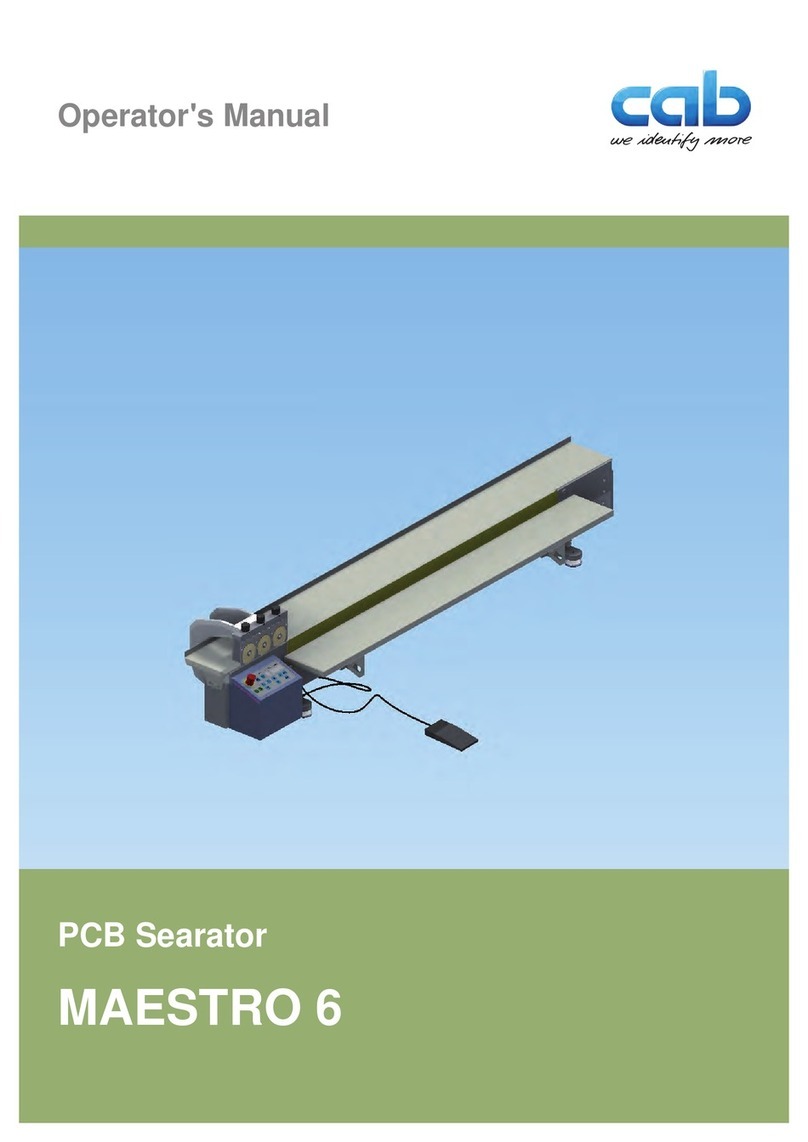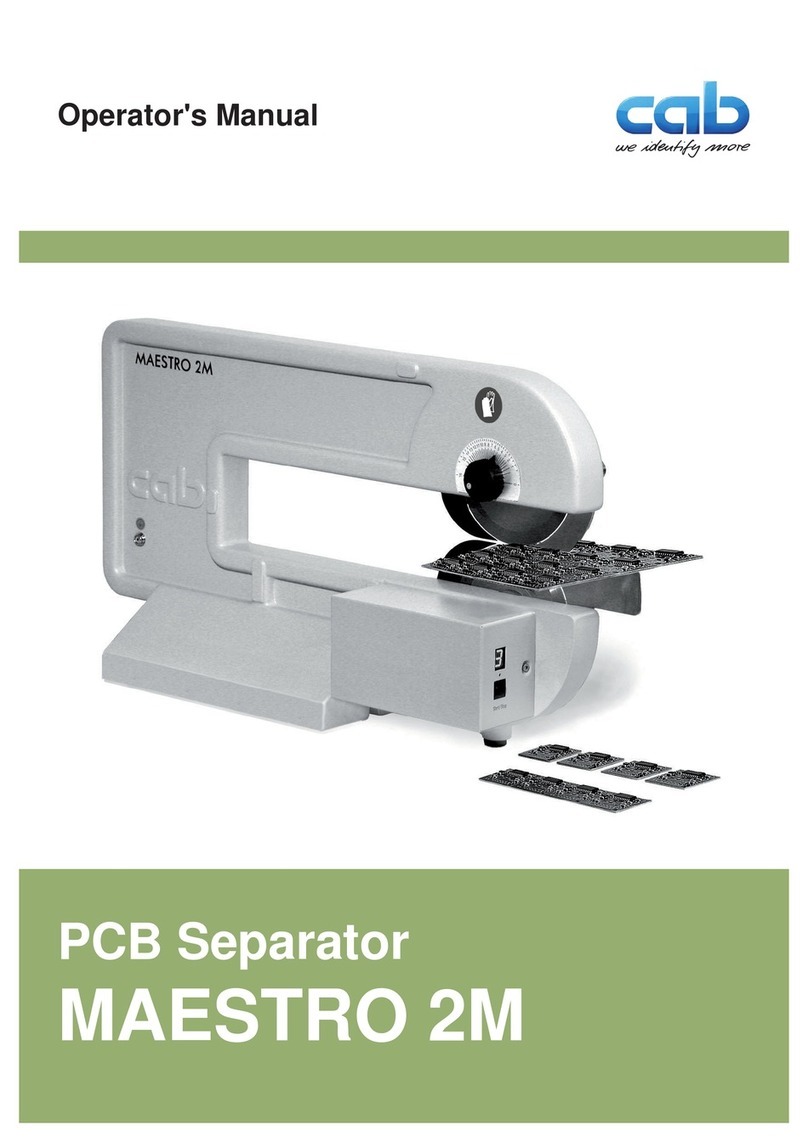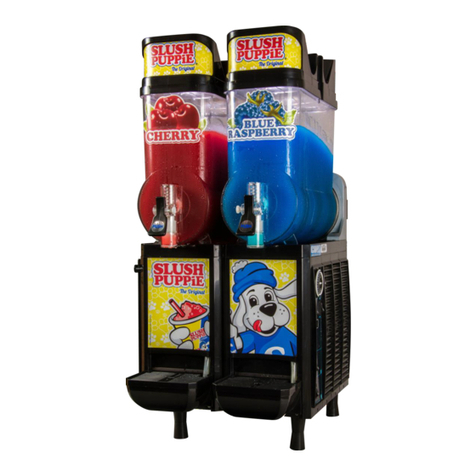
3
Table of Contents
1 Introduction ............................................................................................................................................ 4
1.1 Instructions ............................................................................................................................................... 4
1.2 Intended Use ............................................................................................................................................ 4
1.3 Safety Instructions .................................................................................................................................... 4
1.4 Safety Marking ......................................................................................................................................... 5
1.5 Environment ............................................................................................................................................. 5
2 Specication ........................................................................................................................................... 6
3 Installation .............................................................................................................................................. 7
3.1 Unpacking and Setting-up the Device ...................................................................................................... 7
3.2 Mounting the device ................................................................................................................................. 8
3.3 Connections ............................................................................................................................................. 9
3.3.1 Earthing Connection ........................................................................................................................... 9
3.3.2 Power Supply ..................................................................................................................................... 9
3.3.3 Interfaces to a supply device / clear device ....................................................................................... 9
3.3.4 Connecting the Access Door Interlock................................................................................................ 9
3.3.5 Connecting of an Industrial Vacuum Cleaner ................................................................................... 10
4 Sensors ................................................................................................................................................. 11
4.1 General Function .....................................................................................................................................11
4.2 Extended Function ................................................................................................................................. 12
4.2.1. Coupling the MAESTRO 5L to a supply device (SMEMA interface) ................................................. 12
4.2.2. Coupling the MAESTRO 5L to the optional Conveyer Belt .............................................................. 12
5 Control Panel ........................................................................................................................................ 13
5.1 Control Panel ......................................................................................................................................... 13
5.2 Warning Light ......................................................................................................................................... 13
6 Programming ........................................................................................................................................ 14
7 Operation .............................................................................................................................................. 15
7.1 Switch On ............................................................................................................................................... 15
7.2 Self Test ................................................................................................................................................. 15
7.3 Speed Adjustment .................................................................................................................................. 15
7.4 Operation without external Conveyer Belt .............................................................................................. 16
7.5 Operation with external Conveyer Belt ................................................................................................... 17
7.6 Reverse Transport .................................................................................................................................. 17
8 Error Messages .................................................................................................................................... 18
9 Blade Replacement .............................................................................................................................. 19
9.1 Replacement of the Upper Blades ......................................................................................................... 19
9.2 Replacement of the Lower Blades ......................................................................................................... 21
9.3 Blade Adjustment ................................................................................................................................... 23
9.4 Adjustment of the Upper Guide .............................................................................................................. 24
9.5 Adjustment of the Supply Belts .............................................................................................................. 24
10 Interfaces .............................................................................................................................................. 25
11 Maintenance ......................................................................................................................................... 26
12 Spare Parts ........................................................................................................................................... 27
13 EC Declaration of Conformity ............................................................................................................. 29
14 Index ...................................................................................................................................................... 30












